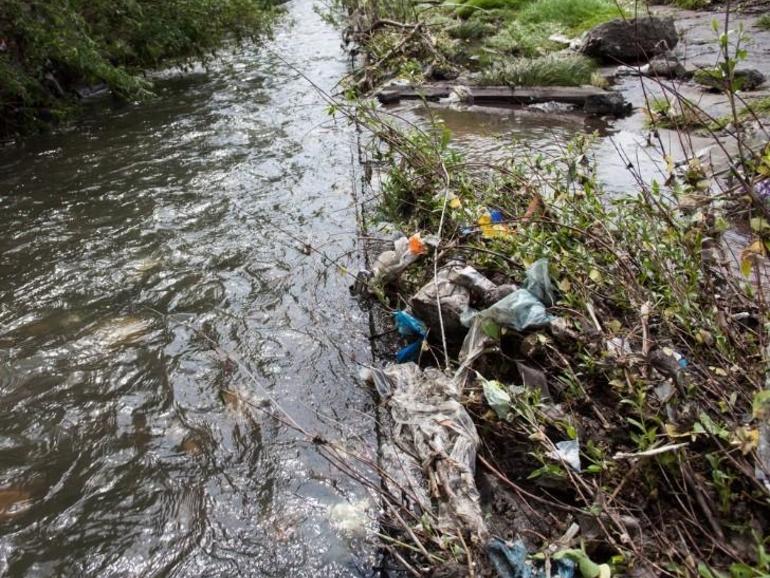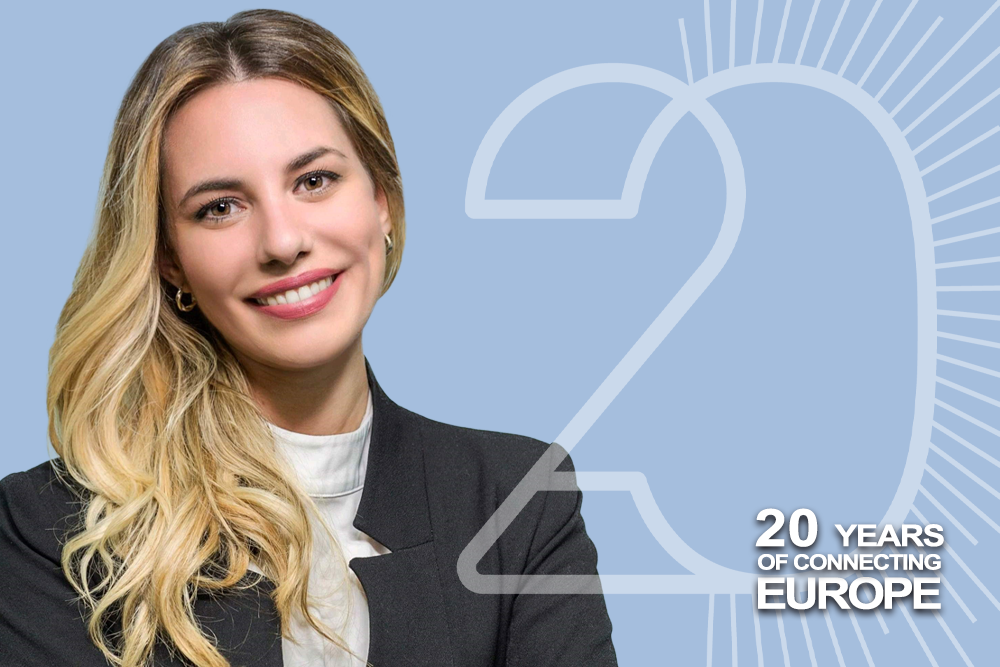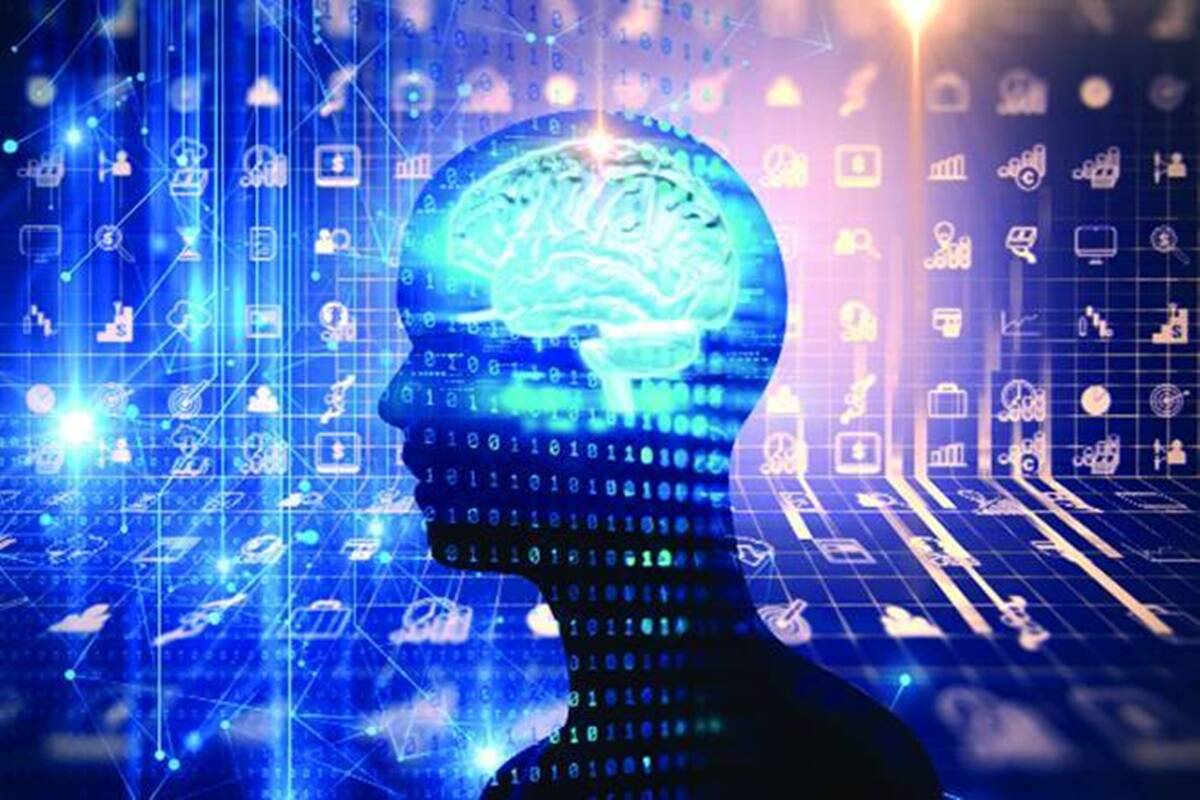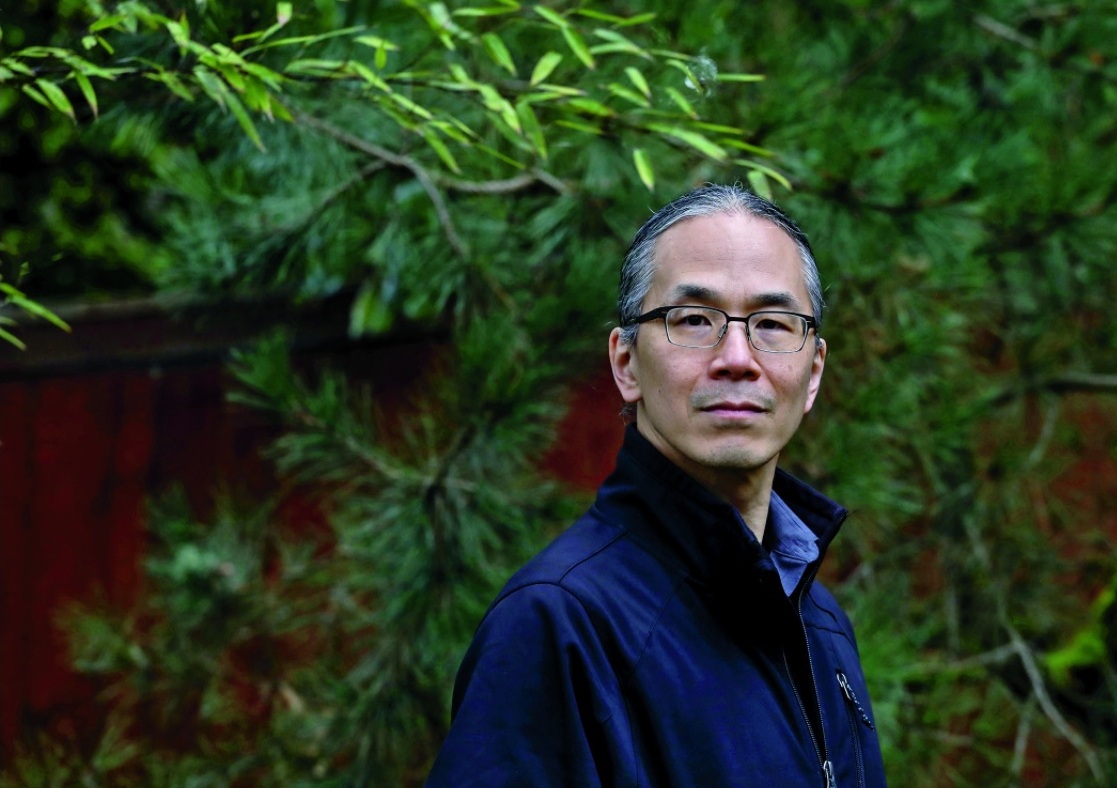Plastic air pollution in Australia’s waterways.
Picture: CSIRO
The Commonwealth Scientific and Industrial Analysis Organisation (CSIRO) has introduced partnerships with Microsoft, Hobart Metropolis Council, and Chemistry Australia to handle — and try to finish — Australia’s plastics waste difficulty.
Underneath its plastics mission, CSIRO will work with its companions to develop new options that use artificial intelligence (AI), machine studying (ML), and digicam sensors for plastics detection and waste monitoring in waterways.
CSIRO senior principal analysis scientist Denise Hardesty mentioned the aim can be to use expertise to all the plastics provide chain to remove garbage ending up within the surroundings.
“Our analysis helps to grasp the extent of plastic air pollution in Australia and globally, and the best way to scale back it,” she mentioned.
“Rethinking plastic packaging is only one means of decreasing waste, by higher design, supplies, and logistics. We will additionally rework the best way we use, manufacture, and recycle plastics by creating new merchandise and extra worth for plastics.”
Particularly, the nationwide science company is working with Microsoft to make use of ML and apply digicam sensor applied sciences to waste traps, that are generally utilized by councils to forestall garbage flowing into storm drains, to gather knowledge that may assist detect and classify garbage present in waterways.
Learn additionally: An extended-term battle: The tech trade’s position in combatting local weather change
“Microsoft AI picture recognition is underpinning the identification of plastic air pollution,” Microsoft Australia CTO Lee Hickin mentioned.
“Through the use of AI to speed up the detection and classification of garbage in our waterways, we are able to merely react extra rapidly and work to enhance the standard of water quicker than if completed manually.”
On the identical time, CSIRO is working with Hobart Metropolis Council to develop an autonomous sensor community to offer real-time reporting on the quantity of garbage being captured in storm drains.
“By tapping into CSIRO’s modelling capabilities, we are able to optimise our operations to keep away from the discharge of pollution, whereas enhancing security and decreasing environmental hurt,” Metropolis of Hobart Lord Mayor Anna Reynolds mentioned.
Work will even be undertaken with Chemistry Australia to assist Australians perceive the best way to sustainably use, re-use, and recycle plastic merchandise, CSIRO mentioned.
The plastics mission is one in all 12 missions CSIRO has developed below its plan, often known as Workforce Australia, that’s geared toward fixing a number of the nation’s challenges utilizing science and expertise so it might probably emerge from COVID-19 in a resilient means.
CSIRO mentioned it will commit no less than AU$100 million yearly to the co-creation of missions below the plan.
“Every mission represents a significant scientific analysis program geared toward making vital breakthroughs, not in contrast to fixing Prickly Pear, curing the rabbit plague, inventing the primary flu remedy, or creating quick Wi-Fi,” CSIRO chief government Dr Larry Marshall mentioned beforehand.
“However let me stress, these should not simply CSIRO’s missions.
“Their dimension and scale require us to collaborate extensively throughout the innovation system, to boldly tackle challenges which can be far larger than any single establishment.”
See additionally: How AI may save the surroundings (TechRepublic)
Dr Cathy Foley named as Australia’s subsequent chief scientist
Prime Minister Scott Morrison has introduced the appointment of Dr Cathy Foley as Australia’s subsequent chief scientist.
Foley will finish her tenure because the CSIRO’s chief scientist when she takes on her new position in December.
“As we recuperate from COVID-19 and look to rebuild a brighter future, the position of the chief scientist has by no means been extra necessary,” Morrison mentioned.
“Dr Foley has an enormous job forward to drive collaboration between trade and the science and analysis neighborhood, as we glance to create jobs for the COVID-19 restoration and for the longer term.”
Dr Foley is a fellow of each the Australian Academy of Science, and the Australian Academy of Expertise and Engineering, and has made vital contributions within the space of physics regarding superconductors.
Her appointment as Australia’s chief scientist can be for 3 years and begins in January 2021. Foley will take over from present chief scientist Dr Alan Finkel.
“I want to thank Dr Alan Finkel AO for his excellent contribution as chief scientist over the previous 5 years. He has been a valued and revered voice to authorities, and I do know he’ll proceed to make a major contribution to the Australian and worldwide science communities,” the prime minister mentioned.
Showing throughout Senate Estimates final month, Finkel mentioned he was getting ready a report for Nationwide Cupboard into the techniques for supporting contact tracing and outbreak administration throughout all states and territories.
He additionally mentioned there was nonetheless a protracted approach to go earlier than the nation would attain parity of feminine and male participation in science, expertise, engineering, and arithmetic (STEM).








